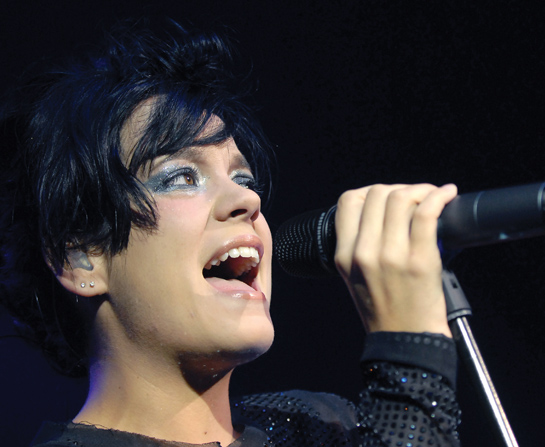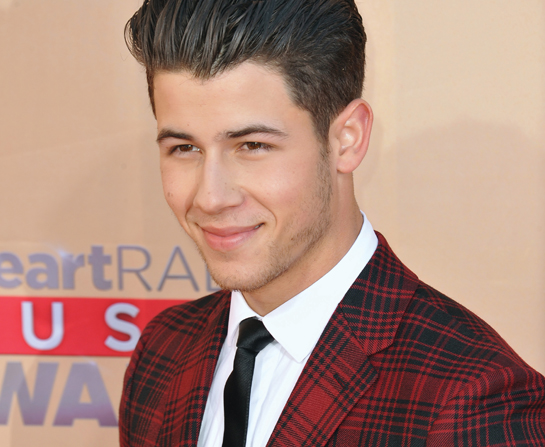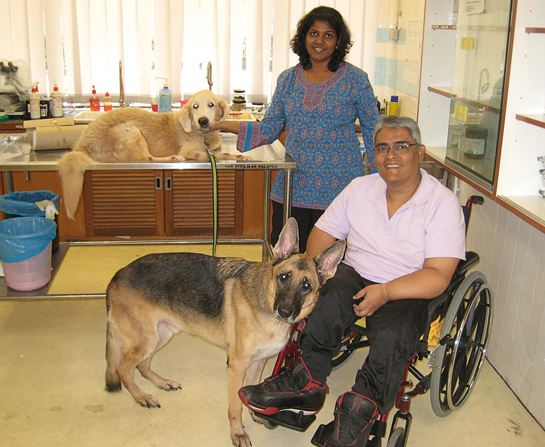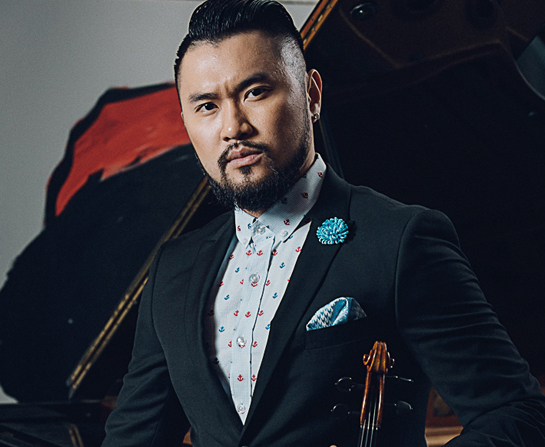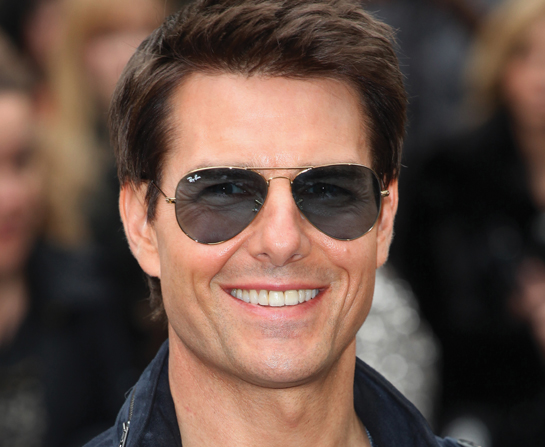Go Hard or Go Home
May 8, 2022 Return
Speaking to Low Wee Wern, it does not take long for me to realize just how much her maturity belies her age. Only 26 this year, this Malaysian lass is wise beyond her years. Perhaps, it is this very maturity that helped her rebound both physically and mentally from a sports injury which left her with a torn meniscus and anterior cruciate ligament (ACL) early last year.
Recalling the fateful day, Wee Wern says, “I was injured on a Thursday so I went to see the orthopaedic surgeon a day after that to get a MRI done. By evening, the results were out and it turned out that I had fully ruptured my meniscus and ACL. Looking back, I actually drove my manual car all the way to the hospital with a torn ACL! I was scheduled for surgery the following Monday. After the surgery, I was in a wheelchair for days followed by crutches for weeks before I could finally walk again. Imagine how long it took me to get back on the court!”
But for all her injuries and the challenges which she had to face as a result, Wee Wern chooses to focus on the silver lining. “My injury was nothing short of a challenge. However, I am thankful for a number of things. I have a good support team that’s with me every step of the way. For instance, my physiotherapist worked with me daily for almost a full year and I still see her twice a week now. Then, there’s my coach who has been there right from the start, even on the day when I did my first MRI which revealed the tear, my checkups and tests every now and then. So, I focused on getting well because I didn’t want to do it just for myself but also for the people around me.”
Others may have given up if they found themselves in her position but Wee Wern pressed on, adamant to get herself back on the court. Her perseverance paid off and now she is on her way back into the world’s top 10.
‘Not in my wildest dreams!’
When asked if she had always harboured dreams of playing squash professionally, Wee Wern says, “Never in my wildest dreams! I took up squash as a hobby when I was about eight. At the time, my parents got divorced so my mum thought it would be good to sign me up for a sport to keep me occupied. She asked me to choose between tennis and squash. What’s funny is that I picked squash without having any clue what squash was about! All I knew back then was that tennis is subject to the weather as it’s an outdoor sport whereas squash isn’t. It was this mere fact that got me started in squash!”
But what began as a weekend activity gradually developed into something much more. “I really enjoyed squash so much that I started playing tournaments at the age of 10. I won my first tournament at 11 and became the top junior player in the country at 15 – a title which I carried for four consecutive years.”
So, her decision to make a career out of squash happened along the way? Wee Wern explains, “I guess you can say that but it wasn’t an easy decision for me. After graduating from secondary school, I was offered scholarships from universities such as Princeton and Harvard so I was torn between pursuing my education and continuing with squash. I only decided to take the plunge at 18 after I had won three Asian junior titles and the British Junior Open Under 19 – something no other Malaysian has achieved other than Nicol David.”
Were her family and friends supportive of her choice? “I actually made a deal with my mum that if I couldn’t break into the world’s top 50 within a year, I’d give up squash and attend university. Thankfully, I made it,” she shares candidly. She also credits her coach for encouraging her to pursue her dreams. “Before I came along, my coach hadn’t coached a professional athlete before but he gave me his word that he would be by my side every step of the way. He assured that together, we could do this. So yes, I do have people who are supportive of me!”
When the tough gets going
Nothing great is ever achieved without sacrifice – and Wee Wern is a testament to that. “Since childhood, I had to live a disciplined life. I’d train every afternoon for six days a week. As I had to travel quite frequently for tournaments, I had to miss school sometimes. I also missed out on friends’ birthday parties, movies and sleepovers; basically, I didn’t have much of a social life.” Has things changed now that she is older? She laughingly tells us, “No, not one bit. I now train twice a day, six days a week! Even if I were to hang out with my friends, I’ve to head home latest by 10.45 pm so I’ll have adequate rest to train again the next morning.”
Allowing us a glimpse into her training regime, she says, “Although I have two training sessions on weekdays and one session on Saturdays, I’m thankful that I’m not required to train at 6 am like athletes in other sports. I usually wake up at 8 am, train from 9.45-11.45 am, and have lunch afterwards. I then recommence my training at 4pm. The break in-between gives me time to rest, run errands, etc. Training ends at around 7 pm and that’s when I call it a day,” she says.
“But come match days, I only have one training session which lasts about 30 minutes in the morning, followed by stretching. For meals, I’ll start my morning with a nutritional shake. I’ll then have carbs (either rice or pasta), protein and greens four hours prior to the match. Later on when it’s two hours till the match, I’ll have coffee and a snack. I also have a protein shake in between and after the match. I’m a huge fan of coconut water so I keep myself hydrated with it throughout the day.”
A role model to many
Needless to say, Wee Wern is an inspiration to many, especially to those in the sports world. Offering advice to those planning to follow in her footsteps, she emphasizes, “Surround yourself with a good team. A good team doesn’t necessarily mean a well-known coach with a track record but a group of people who are willing to spend countless hours with you and make sacrifices to help you achieve your goals. Another important thing to remember is to never forget your team once you’ve made it; they have earned it just as much. And lastly, nothing comes easy. Hard work really pays off as cliché as it sounds.”
What the future holds…
Discussing her short-term goals, Wee Wern’s reply is almost instantaneous. “I’d like to get back into the world’s top 10. I’ve been out for so long due to my injury but I’m on my way back. It’s been such a challenge but I’m ready to fight again, not just for myself but for those who were with me throughout my career. I owe it to them to get back on my feet and achieve my goals!” And for this, we wish her all the best.

References:
Good Reads. Available at www.goodreads.com
Malay Mail Online. Available at www.themalaymailonline.com
Squash Mad. Available at www.squashmad.com
If you like this article, do subscribe here.








